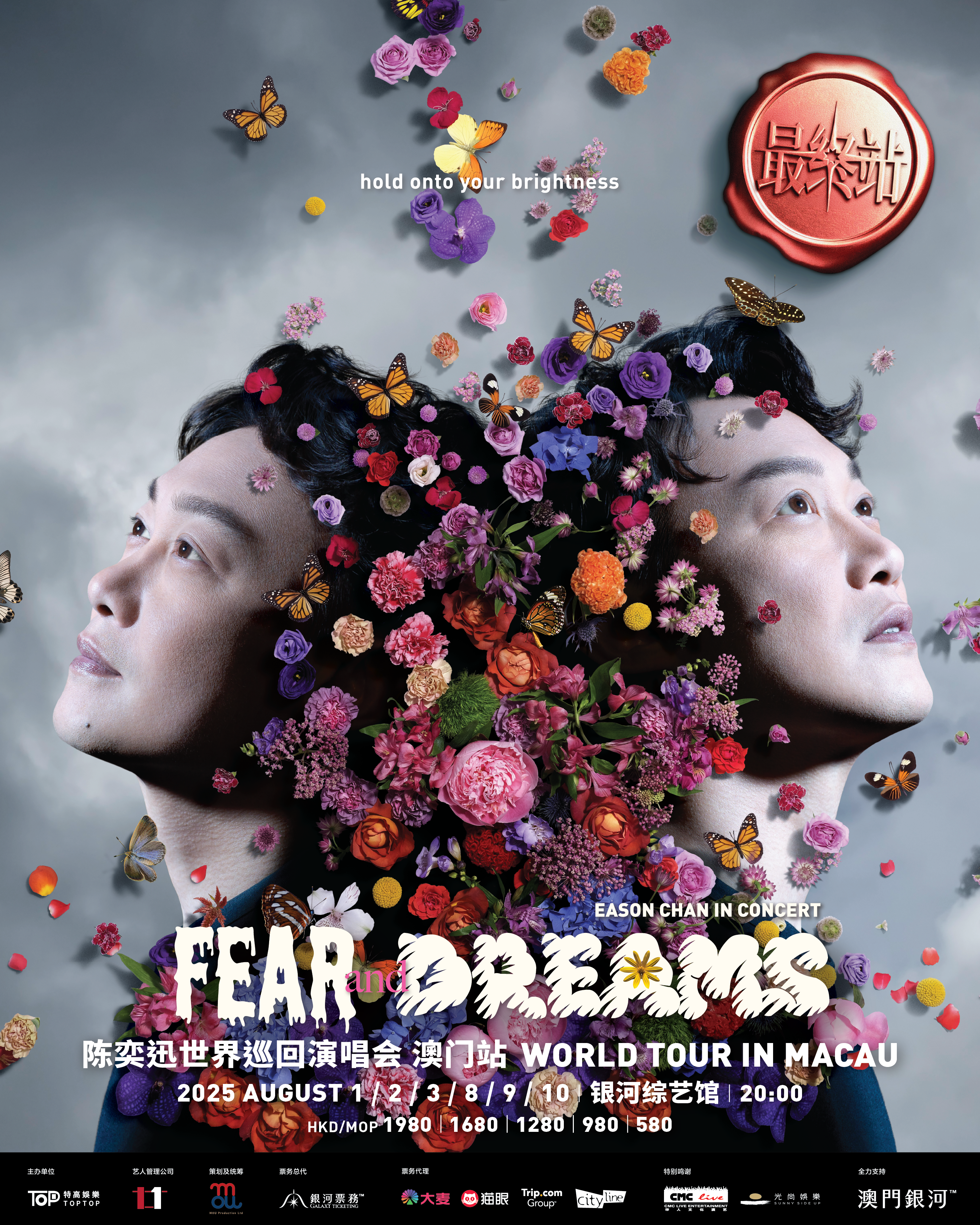Recent Searches
Popular Attractions
Sydney
Melbourne
Gold Coast
Phillip Island
Brisbane
Featured Events in Hakone in March 2025 (July Updated)
Are you interested in Tropical Palm Tree Paint Night?
245 people have participated in this
poll
Yes
No




50%



50%
Type
Location
Event Status
Popularity
Start Time
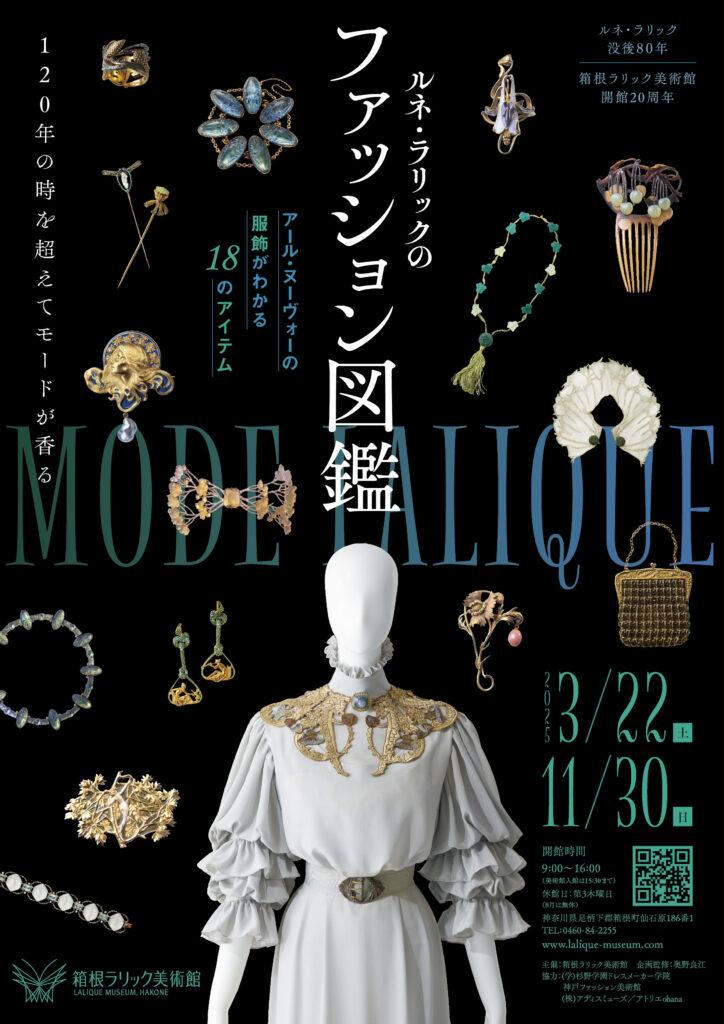
Fashion Illustrated Exhibition | Lalique Museum, Hakone
From the end of the 19th century to the beginning of the 20th century, René Lalique (1860-1945) was known outside of France as an original jewelry maker. However, his work was extremely broad, leaving behind a large variety of "clothing accessories" such as decorative collars and handbags.
At the 1900 Paris World's Fair, held ahead of the new century, Lalique served as general manager of the jewelry department. Later in life, he had an unexpected connection with Jeanne Paquin (1869-1936), a top designer who held that position in the fashion department. The women's fashion led by Paquin and others at the time was dresses with curved lines that harmonized with the popular decorative style "Art Nouveau." Many women worked hard to create a slim waist that was suitable for the flowing silhouette. It was in the 1920s, after World War I (1914-1918), that women were liberated from corsets that were so tight that they were damaging their health. At the same time, when the trend for decoration shifted to the linear "Art Deco" style, Lalique had already made a major shift to mass production of glass products, mainly for interior design. The custom-made clothing that he concentrated on in the early days of his debut is a perfect match for the Art Nouveau style of dress, which sought elegance with a slim waist.
The Lalique Museum Hakone, celebrating its 20th anniversary, is holding a special exhibition that will highlight Lalique's works from its collection from a fashion perspective and introduce the items in the form of an illustrated book.
In addition, to commemorate the 80th anniversary of Rene Lalique's death, a dress with a silhouette from the early 20th century, when he was active, has been recreated (photo right). As a highlight of the exhibition, we will be trying to wear Lalique's works for the first time, approaching the reality of Lalique in fashion. Please take a look at 18 carefully selected items from the museum that will help you understand Art Nouveau clothing, including anecdotes about the history of clothing, as if you were flipping through an illustrated book.
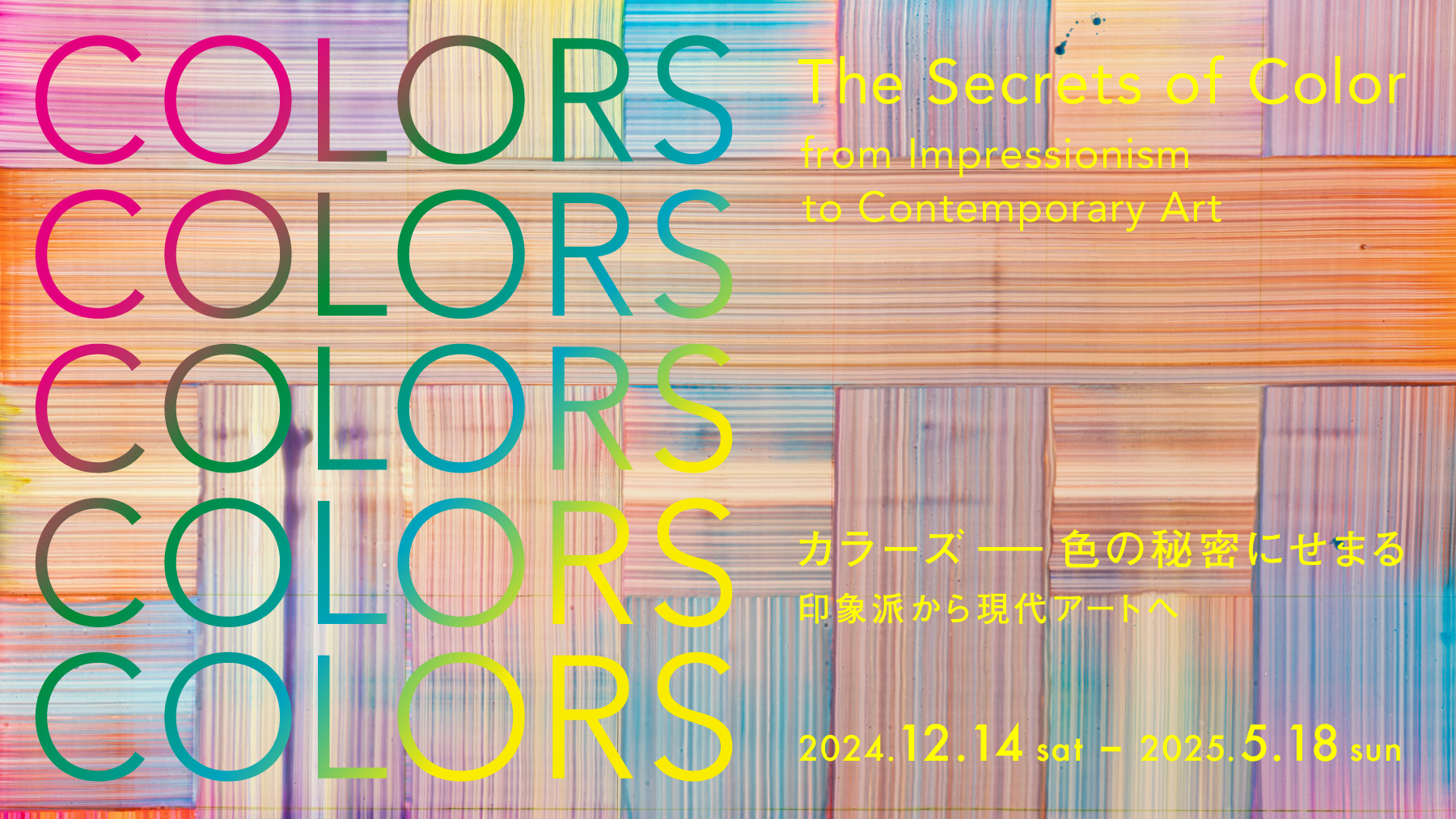
The Secrets of Color from Impressionism to Contemporary Art | Pola Museum of Art
Due to the diversification and personalization of contemporary society, color has come to play an increasingly important role not only in fashion and interior design but also in fields such as the environment, health, and beauty. Meanwhile, as smartphones, an ever present part of our lives, now have the ability to reproduce over one billion colors, we have become unknowingly engulfed in a vast world of color.
In this exhibition, focusing on color in art from the modern to the contemporary era, we reconsider the role of color while touching on subjects such as the relationship between color theory and the materials used to express color. This reinterpretation of the history of color in modern and contemporary art is based primarily on paintings, sculptures, and installations by creators such as the Impressionist and Neo-Impressionist painters of the 19thcentury who deftly manipulated tubes of oil paint to reconstruct a visual world with a wide range of colors; the Fauvists and abstract painters of the 20th century; and contemporary artists who altered the viewer’s physical sensations through the effects of color.
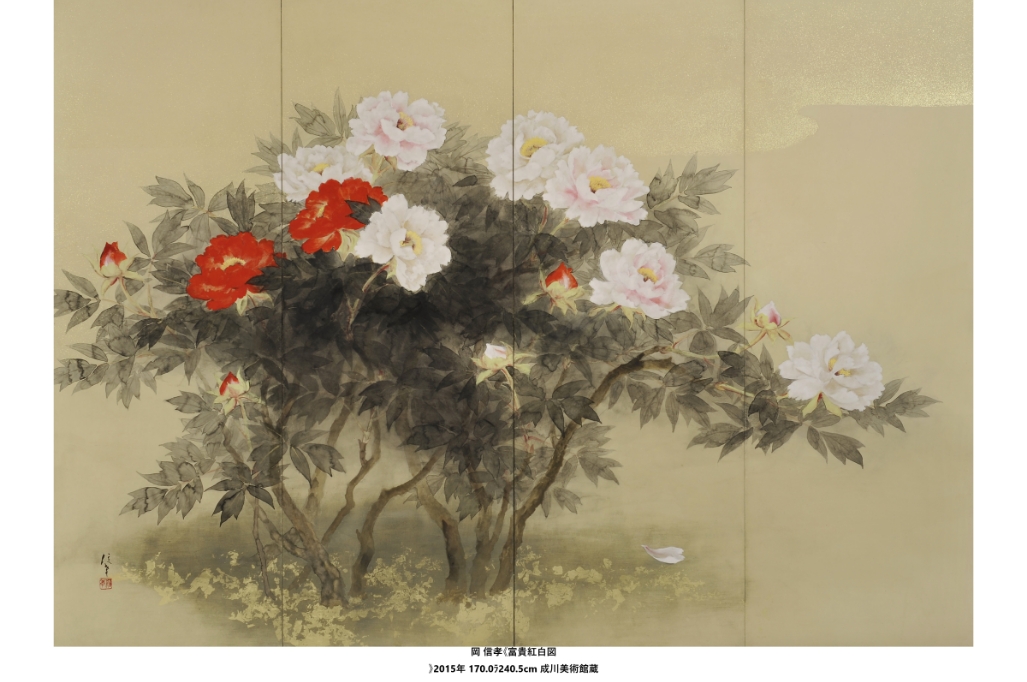
Nobutaka Oka & Shin Maki Trajectory Exhibition: From the Museum Collection | Narukawa Art Museum
Oka Nobutaka and Maki Susumu, who both became apprentices of Kawabata Ryushi in their teens and trained at Seiryusha, were bound by a deep bond of affection, but each went their own way after becoming independent. This exhibition will feature a selection of works from the museum's collection by these two artists who are key players in contemporary Japanese painting. The exhibition will focus on Oka's elegant flower and bird paintings, which make use of the stylized beauty of Japanese painting, and Maki's masterpieces, which depict the beauty of impermanence using the four seasons of Japan as their subject. This is a special exhibition unique to our museum, which houses a comprehensive collection of works by both artists.
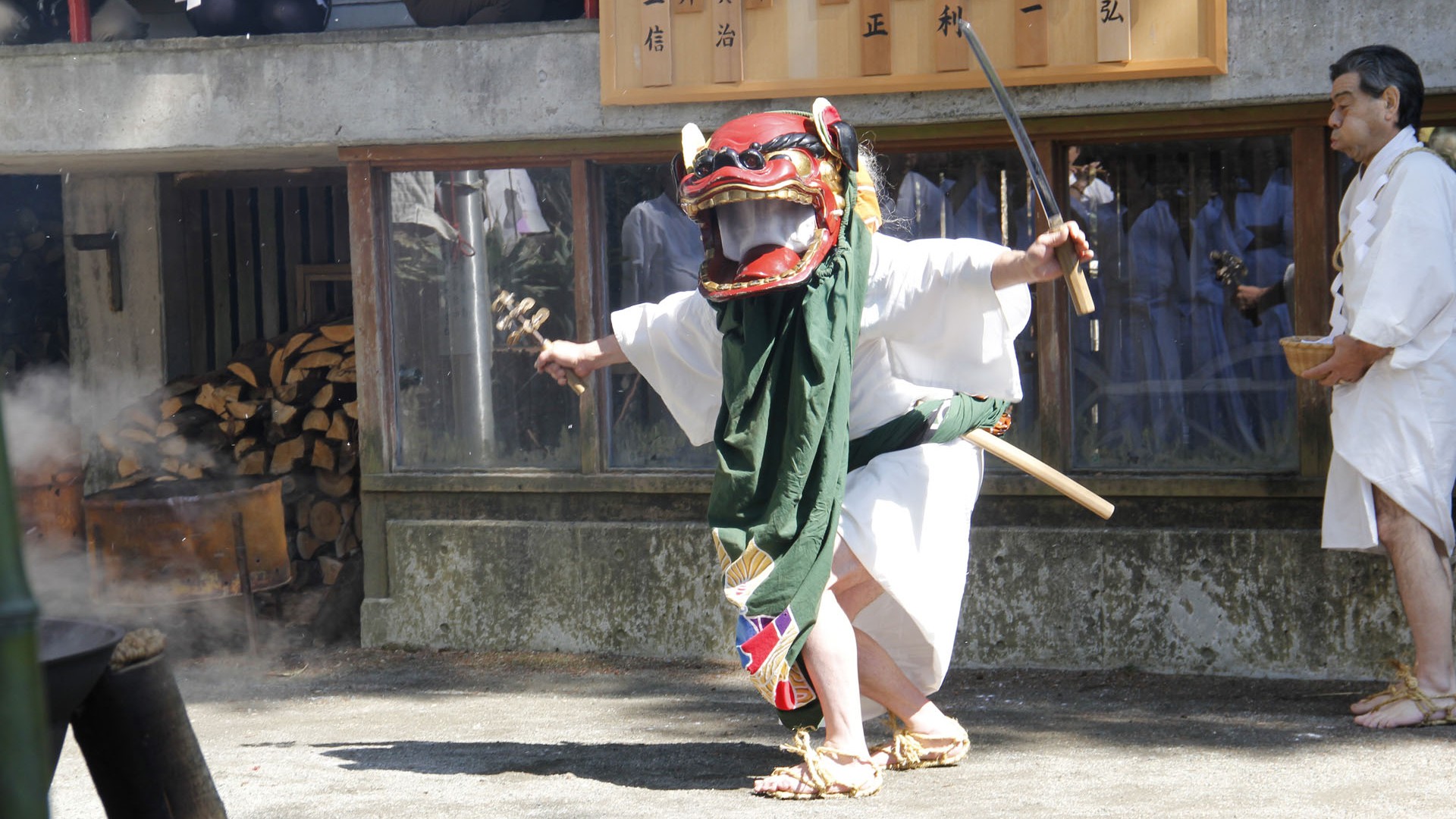
Yudate Lion Dance (Sengokuhara) | Hakone
The "Yudachi Kagura" has been handed down since 1776. Although Yudachi (spraying boiling water from a soup pot to purify impurities) is performed all over the country, it is a rare traditional practice to have a lion perform Yudachi. In order to pray for no disease, no disaster, family safety, and a good harvest, the lion stirs the hot water with the fruit of the mountain white bamboo, cleanses the hot water bamboo branches, and then sprays the hot water on the worshippers to drive away bad diseases. While being selected as an intangible folk cultural property selected by the country, it has also been designated as an important intangible cultural property designated by Kanagawa Prefecture, the "Yudachi Lion Dance".
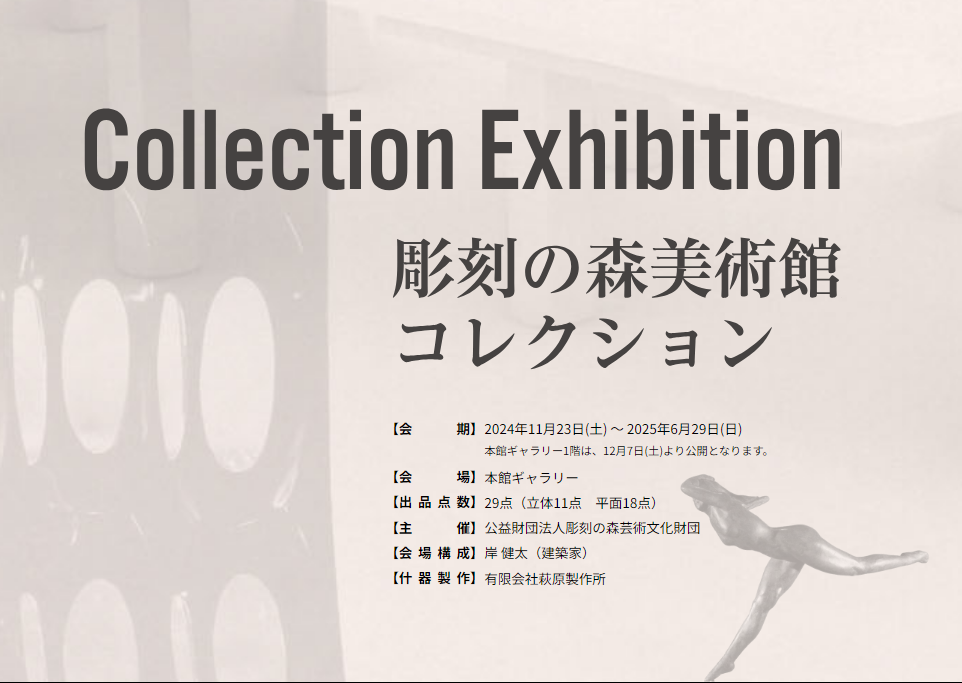
The Hakone Open-Air Museum Collection | The Hakone Open-Air Museum
The exhibition will feature 11 three-dimensional works and 18 two-dimensional works, including new acquisitions, centered around Inoue Bukichi's "My Sky Hole 94-6 Forest Labyrinth," which can be said to be the signature piece of the museum, in the main gallery, which has remained in the same condition since the museum first opened.
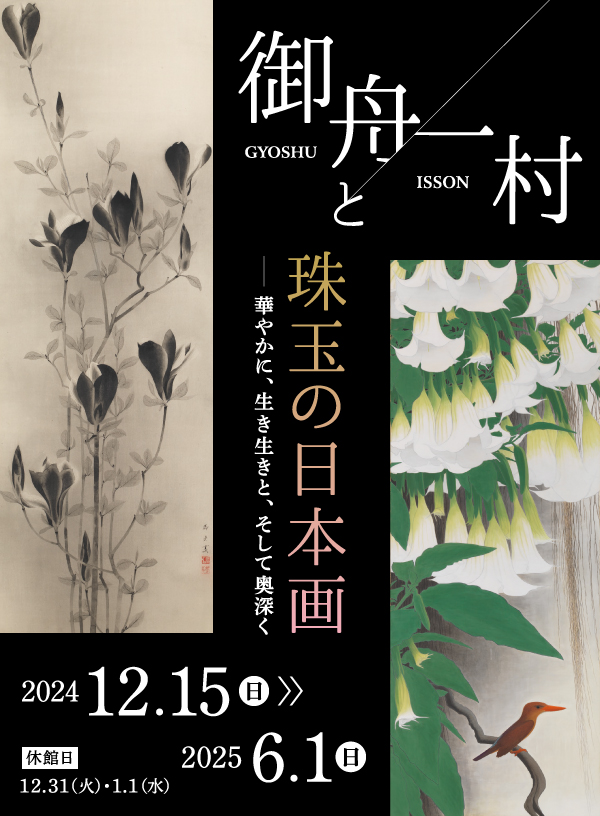
Gyoshu and Isson, Masterpieces of Japanese Painting - Masterpieces from the Meiji Period to the Present | Okada Museum of Art
Hayami Gyoshu (1894-1935) was active in Tokyo from the end of the Meiji period to the beginning of the Showa period, and left a major mark on modern Japanese painting. His excellent works and his pure, spiritually-minded approach to painting earned him the respect of other artists of the time, and Tanaka Isson (1908-1977), who was 14 years his junior, was also one of those who respected Gyoshu.
Gyoshu's "Magnolia (Spring Garden Beauty)" and Isson's "White Flowers and Red Jade," both of which are housed in our museum, are considered representative works of their respective artists. They depict the natural world with a dignified style, and convey that they both aimed to reach a higher level of artistic expression, transcending differences in era, environment, materials and techniques.
To commemorate the 90th anniversary of Gyoshu's death in 2025, four of Gyoshu's works and seven of Isson's works will be exhibited together, centered around their respective masterpieces, Gyoshu's "Magnolia (Spring Garden Beauty)" and Isson's "White Flowers and Red Jade," both of which are housed in the museum (two of Isson's works are in private collections, the others in the museum's collection).
In addition, works by Kano Hogai, Hashimoto Gaho, Tomioka Tessai, Ohashi Suiseki, Yokoyama Taikan, Shimomura Kanzan, Hishida Shunso, Kawai Gyokudō, Uemura Shōen, Kaburagi Kiyokata, Kobayashi Kokei, Maeda Seison, Okumura Togyu, Tsuchida Bakusen, Murakami Kagaku, Higashiyama Kaii, Kayama Matazo and others will be on display, allowing visitors to enjoy a total of 50 exquisite Japanese paintings spanning the early Meiji, Taisho, and late Showa periods.


